Monday, June 1st: Mad Scientist Day
“Go Away Germs” Science Experiment!
Items to bring to class:
Tuesday, June 2nd: Beach Day with a Fun Picnic Snack
Make your own trail mix and bring it to the “beach”!
Items to bring to class: (you can also bring the train mix already made if that's easier!)
Trail Mix
Wednesday, June 3rd: Sports & Games / Dance Party
Can you balance a ball on a cup while dancing?
Items to bring to class:
Thursday, June 4th: “We Did It’ Talent Show
Items to bring to class:
“Go Away Germs” Science Experiment!
Items to bring to class:
- Water
- Small Dish
- Pepper
- Dish Soap
Tuesday, June 2nd: Beach Day with a Fun Picnic Snack
Make your own trail mix and bring it to the “beach”!
Items to bring to class: (you can also bring the train mix already made if that's easier!)
Trail Mix
- Large mixing bowl
- Spoon to mix
- Pretzels
- Raisins and/or craisins
- Goldfish
- Cheerios
- M&M’s and/or chocolate chips
- Beach Towel
- Wear your favorite bathing suit and/or beach coverup
- Sun hat, sunglasses, etc. - or any other fun beach accessories your child might love to bring to the beach!
Wednesday, June 3rd: Sports & Games / Dance Party
Can you balance a ball on a cup while dancing?
Items to bring to class:
- 2 Plastic Cups
- 1-2 tennis balls or a ball that will balance on top of your cup
- Your dancing shoes!
Thursday, June 4th: “We Did It’ Talent Show
Items to bring to class:
- Your Special Talent! - This could be a magic trick, singing performance, balancing act, instrument performance, or even a funny joke!
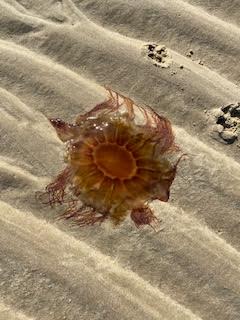
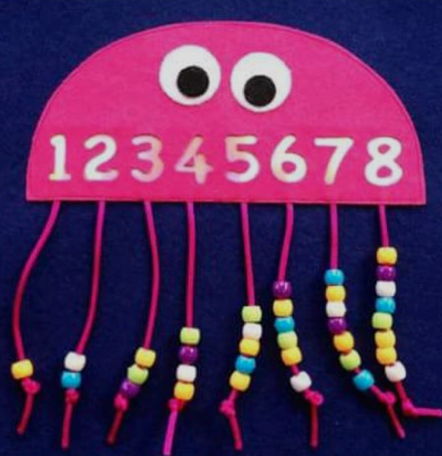
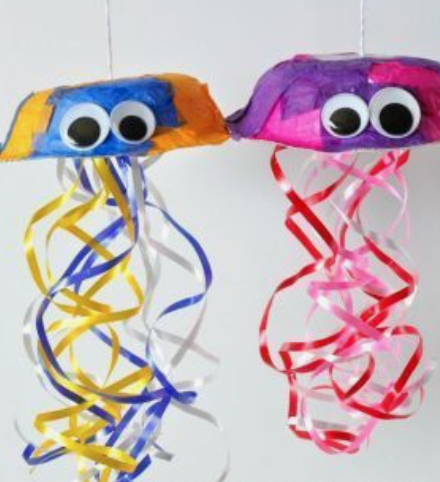
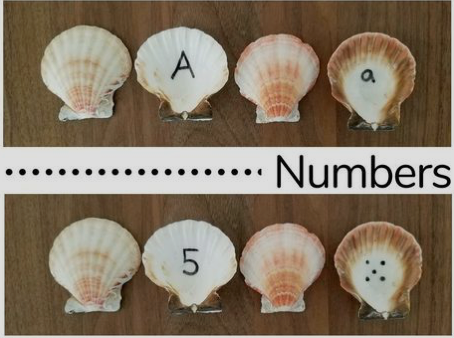
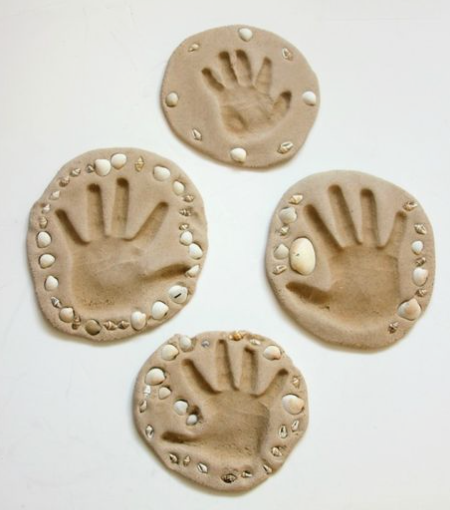
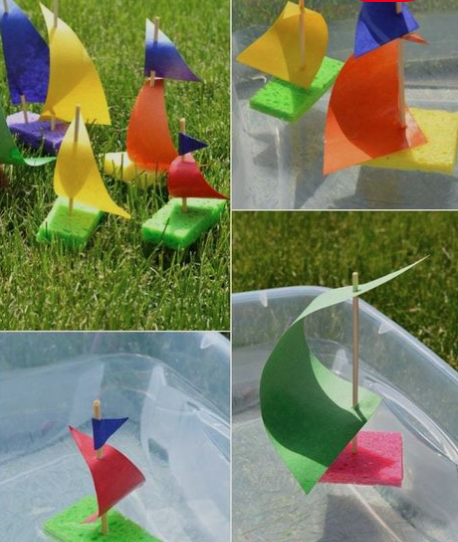
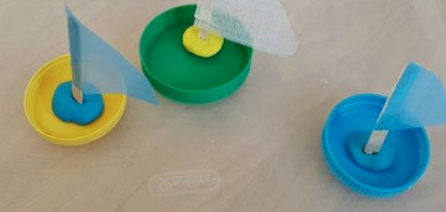
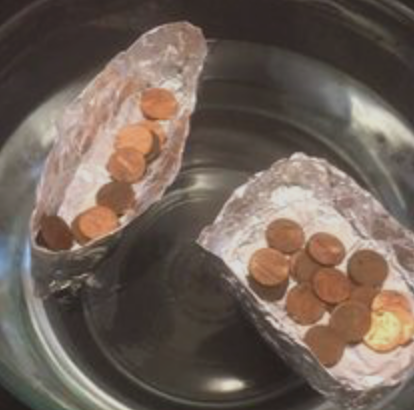
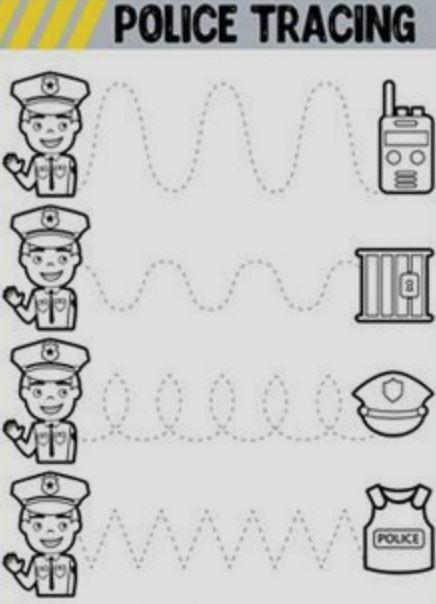

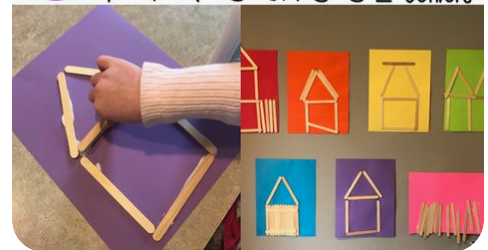
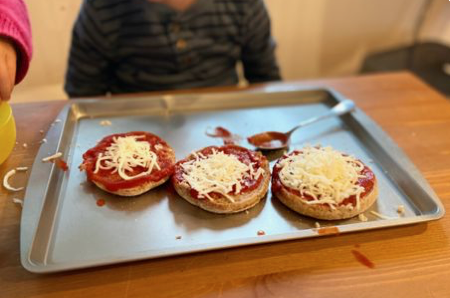
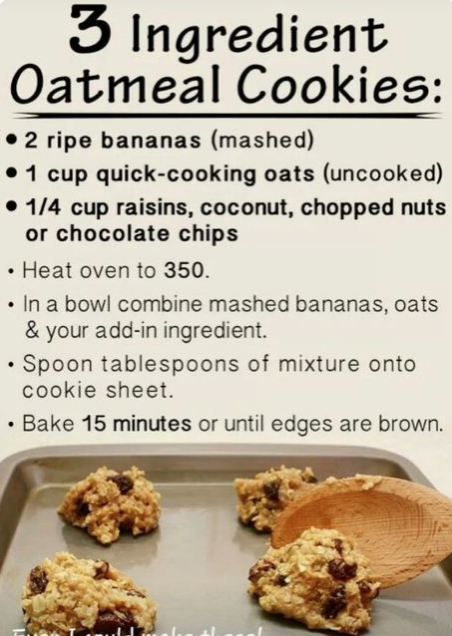
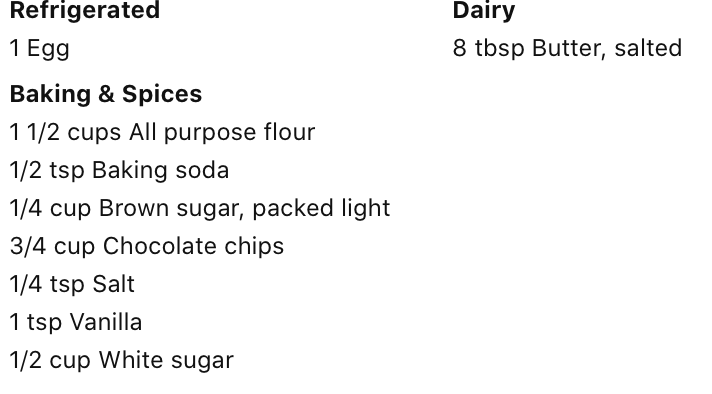
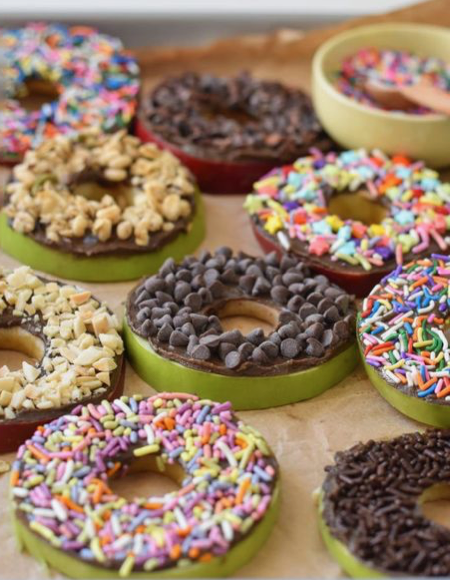
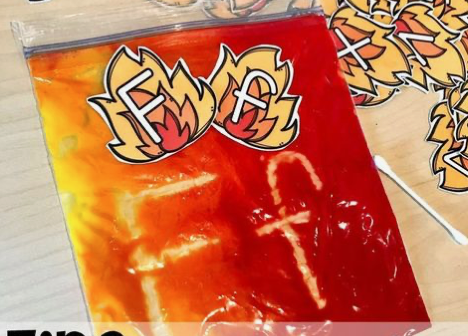
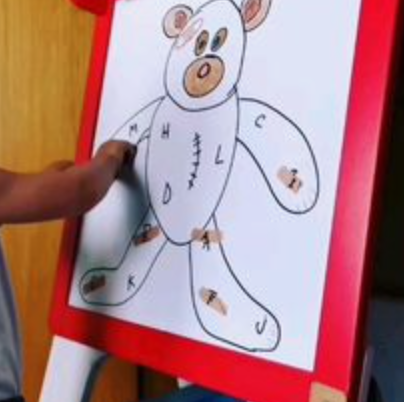
 RSS Feed
RSS Feed
